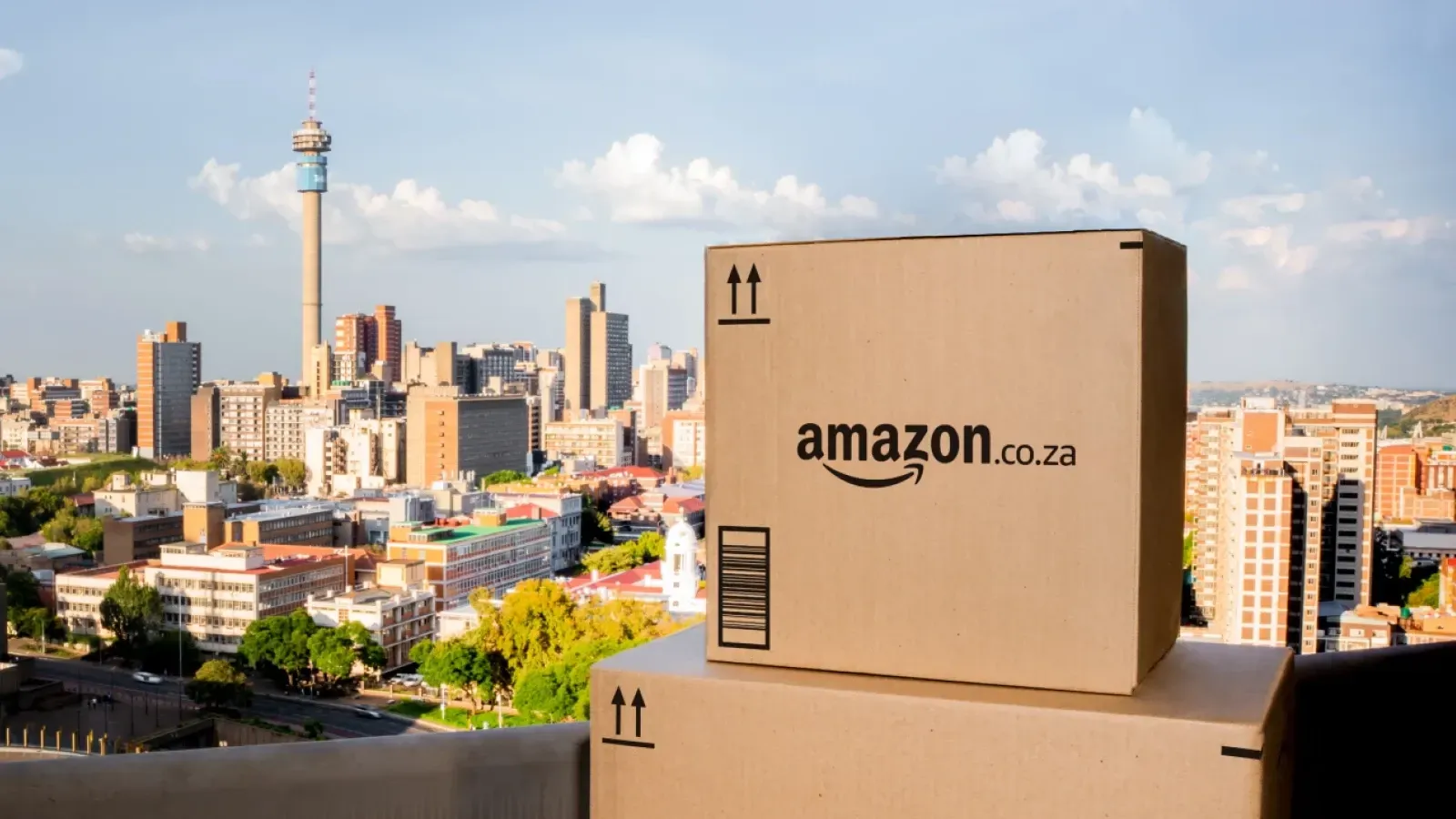Amazon launches Sponsored Ads in South Africa
Amazon introduces Sponsored Ads and Stores in South Africa, tapping into a growing market of online shoppers and offering new opportunities for sellers.

Amazon this month announced the launch of sponsored ads and Stores in South Africa, marking a significant expansion of its e-commerce and advertising capabilities in the region. This development comes as South Africa's online shopping market is projected to reach over 27 million users by 2028, according to Statista's South Africa ecommerce report for 2024.
The launch introduces a suite of advertising tools to the South African market, including Sponsored Products, Sponsored Brands, Sponsored Display, and Stores. These offerings are now available to eligible sellers and vendors on Amazon.co.za, providing new avenues for businesses to reach and engage with South African consumers.
This move follows Amazon's initial entry into the South African e-commerce landscape, which occurred on May. Amazon's marketplace launch in South Africa represented a significant shift in the country's digital retail sector. The introduction of Amazon.co.za brought with it the company's hallmark features such as Prime, Fulfillment by Amazon (FBA), and now, a comprehensive advertising platform.
Sponsored Products, one of the key offerings in this launch, is positioned as an entry point for advertisers new to the platform. These ads promote individual product listings within Amazon's search results and product detail pages, potentially increasing visibility and sales for sellers. The ease of setup, with campaigns launchable in minutes, lowers the barrier to entry for small and medium-sized businesses looking to advertise on the platform.
Sponsored Brands, another tool in the suite, offers more advanced branding opportunities. This ad format allows sellers to showcase multiple products alongside their brand logo and a custom headline. The inclusion of video options in Sponsored Brands ads provides an additional layer of engagement, enabling brands to create more immersive experiences for potential customers.
Sponsored Display ads extend the reach of advertisers beyond Amazon's own platform. This tool targets shoppers across their entire journey, from product awareness to consideration and conversion. The ability to engage consumers outside of Amazon's immediate ecosystem could prove particularly valuable in a market where e-commerce is still growing and consumer habits are evolving.
The introduction of Stores on Amazon.co.za represents a significant opportunity for brand building. These customizable brand hubs on Amazon allow sellers to create immersive shopping experiences at no additional cost. Stores can showcase bestsellers, seasonal collections, and brand stories, potentially fostering customer loyalty in a market where brand recognition is crucial.
The launch of these advertising tools in South Africa is not occurring in isolation. It's part of a broader trend of e-commerce growth in the country and the African continent as a whole. According to a report by McKinsey & Company, e-commerce in Africa is expected to grow to $75 billion by 2025. South Africa, as one of the continent's largest economies, is poised to play a significant role in this growth.
Amazon's entry into the South African market with its full suite of advertising tools could potentially disrupt the existing e-commerce landscape. Local players like Takealot, which has dominated the South African online retail space, may face increased competition. The introduction of Amazon's advanced advertising capabilities could set a new standard for e-commerce advertising in the region, potentially spurring innovation among local platforms.
For South African consumers, the launch of Amazon's sponsored ads could lead to a more diverse and competitive online shopping environment. The increased visibility of products through these advertising tools may result in a wider range of options and potentially more competitive pricing. However, it's worth noting that the effectiveness of these ads in influencing consumer behavior in the South African market remains to be seen.
From a seller's perspective, the introduction of these advertising tools opens up new opportunities for reaching customers. Small and medium-sized enterprises (SMEs) in South Africa, which form a crucial part of the country's economy, now have access to sophisticated advertising tools that were previously not available on this scale. This could potentially level the playing field, allowing smaller businesses to compete more effectively with larger established brands.
However, the launch also presents challenges. South African businesses will need to quickly adapt to Amazon's advertising ecosystem, which may require new skills and strategies. There may be a learning curve as sellers familiarize themselves with concepts like keyword targeting, ad placement bidding, and performance metrics specific to Amazon's platform.
The timing of this launch is also significant in the context of global e-commerce trends. With many markets experiencing a slowdown in e-commerce growth following the pandemic-induced boom, Amazon's expansion in South Africa could be seen as a strategic move to tap into markets with high growth potential. South Africa's projected increase in online shoppers to 27 million by 2028 presents a substantial opportunity for Amazon and its advertisers.
It's important to consider the broader economic implications of this launch. The introduction of a major global e-commerce player like Amazon, complete with advanced advertising capabilities, could potentially stimulate job creation in areas such as digital marketing, logistics, and customer service. However, it may also intensify competition for existing local e-commerce businesses.
The success of Amazon's advertising tools in South Africa will likely depend on various factors, including internet penetration rates, smartphone adoption, and the development of logistics infrastructure. While urban areas may quickly adapt to these new e-commerce and advertising options, reaching consumers in more remote or rural areas could present challenges.

